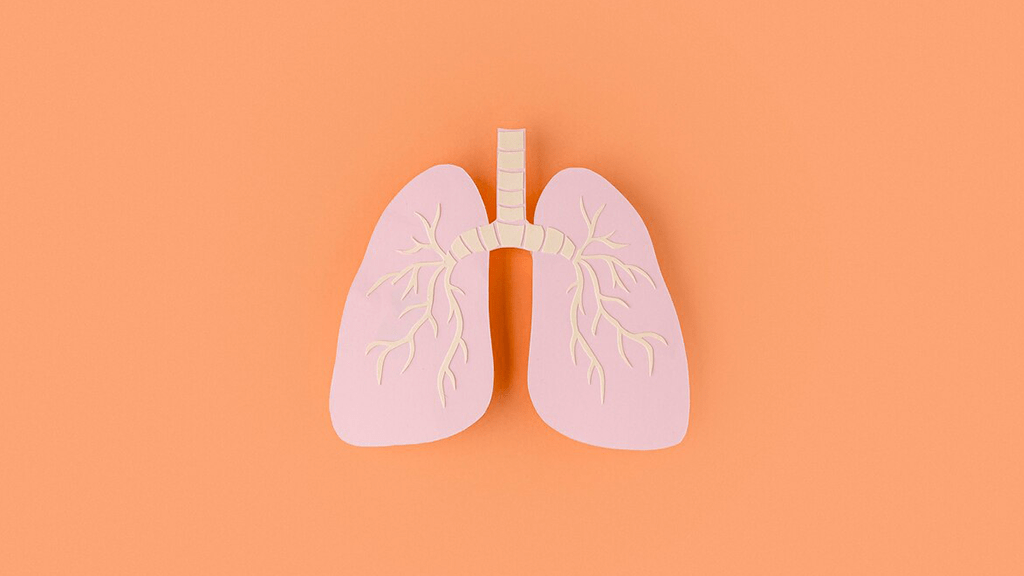

July 3, 2023 : Chronic Obstructive Pulmonary Disease (COPD) poses a significant health risk globally, contributing to increasing morbidity and mortality rates. This condition, which encompasses chronic bronchitis and emphysema, causes breathing difficulties for sufferers. As an editor, we explore the prevalence and risk factors associated with COPD and measures individuals can take to prevent its development.
Understanding COPD: Often referred to as the “smoker’s disease” by the American Lung Association, COPD manifests through persistent coughing, tightness in the chest, limited ability to take deep breaths, and breathlessness during everyday activities. Individuals with COPD may experience recurring symptoms such as phlegm production, previous episodes of pneumonia, weight loss, muscle depletion, and a prolonged state of illness leading to anxiety and depression.
Identifying Risk Factors: COPD primarily affects individuals above 40, with smoking as the most prominent risk factor. Other contributing factors include exposure to air pollution, occupational hazards involving dust and chemicals, and passive smoking. Genetic predisposition, particularly alpha-1 antitrypsin deficiency, can also contribute to COPD development.
Diagnostic Guidelines: The diagnosis of COPD follows the guidelines outlined by the Global Initiative for Chronic Obstructive Lung Disease (GOLD). Spirometry, a lung function test, is crucial in assessing lung functionality. Symptoms’ severity, impact on daily life, and other health conditions are also considered for an accurate diagnosis.
Preventive Measures:
COPD poses a growing health concern, and preventive measures are key to reducing its impact. Individuals can significantly reduce their risk of developing this debilitating condition by adopting a healthier lifestyle, quitting smoking, avoiding passive smoking, prioritizing proper ventilation, and utilizing personal protective equipment in hazardous environments. Educating the public about COPD prevention and implementing supportive measures will be crucial in reducing the burden of this disease and improving overall respiratory health.